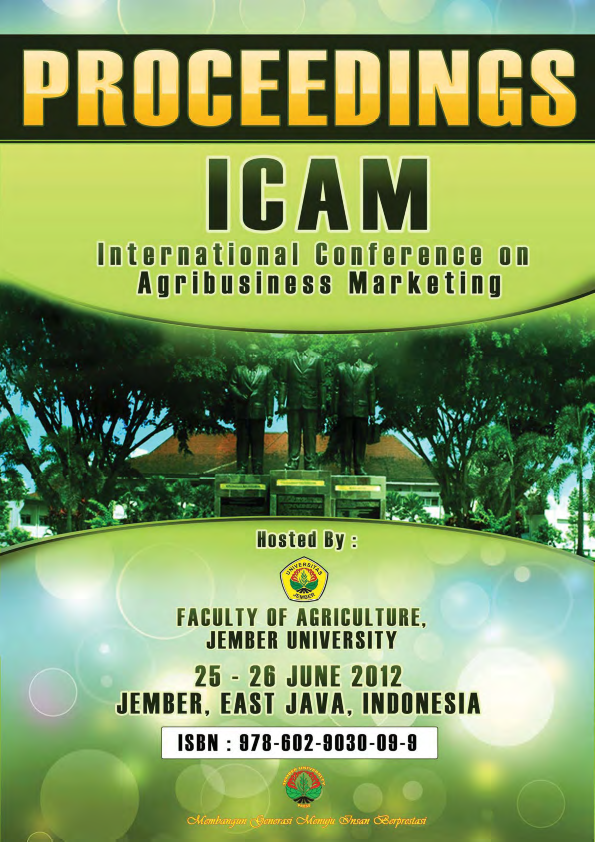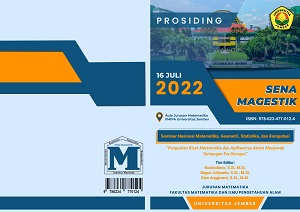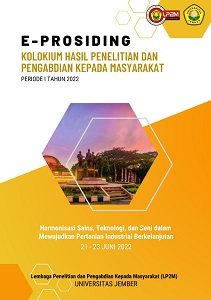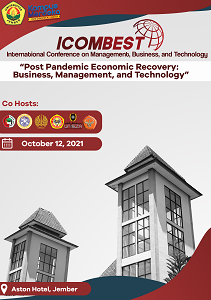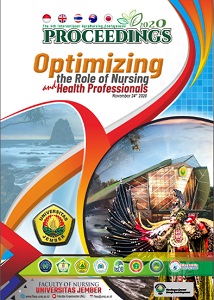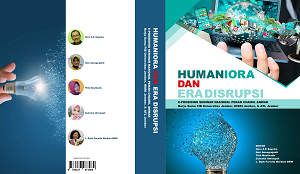THE USE OF CEMARA UDANG (Casuarina equisetifolia) FOR AGRICULTURAL PURPOSES IN THE SOUTHERN COAST OF YOGYAKARTA
Abstract
An exploration along the Southern Coast of Yogyakarta and deep interview with
276 respondents in the Southern Coast of Kulon Progo and Gunungkidul Regencies had
been conducting during January 2010 and February-May 2012. Respondents recognized
that before the establishment of Casuarina equisetifolia they faced problems like strong
wind in the agricultural land (81.6%), uncultivated land near the coast (20.3%), agriculture
crops die because of salt water (17%), and others (11.3%). During 16 years the
establishment of C. equisetifolia has been creating vegetative wind barrier due to Attims'
tree architecture model. C. equisetifolia reduces the use of dried coconut leaf/blarak
(29.3%) and objectifies green coastal landscape, which makes farmer, fisherman,
inhabitant, visitor and merchant become pleasant. In addition, C. equisetifolia provides
benefits as shady tree for agricultural nursery (10.9%), mulch (10.4%), fertilizer (3.3%),
and many kinds (49.4%). Reduction in the use of blarak, mulch and purchased fertilizer
will increase farmer’s income because the cost of labor, fertilizer and mulch decrease.

